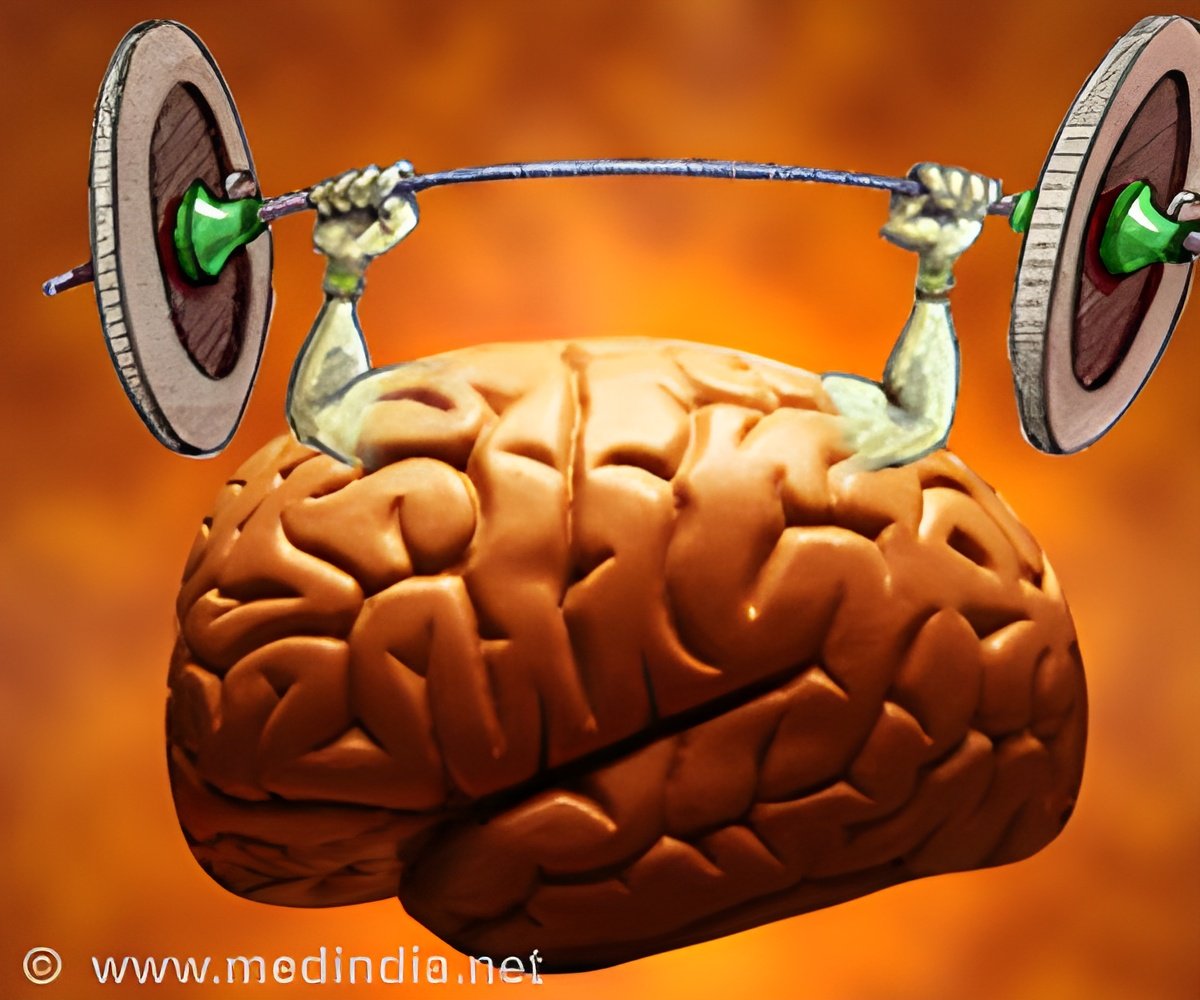An attempt to unravel what makes our brain switch between habitual and goal-directed actions was made by researchers.

It is with this example that Rui Costa, principal investigator at the Champalimaud Neuroscience Programme (CNP), explained how critical it is to be able to shift between habits and goal-direct actions, in a fast and accurate way, in everyday life.
To unravel the circuit that underlies this capacity, the capacity to "break habits", was the goal of this study, carried out by Christina Gremel and Rui Costa, at NIAAA, National Institutes of Health, USA and the Champalimaud Foundation, in Portugal.
"We developed a task where mice would shift between making the same action in a goal-directed or habitual manner. We could then, for the first time, directly examine brain areas controlling the capacity to break habits," the study's lead author Christina Gremel from NIAAA, said.
Evidence from previous studies has shown that two neighbouring regions of the brain are necessary for these different functions - the dorsal medial striatum is necessary for goal-directed actions and the dorsal lateral striatum is necessary for habitual actions.
What was not known, and this new study reveals, is that a third region, the orbital frontal cortex (OFC), is critical for shifting between these two types of actions.
Advertisement
For Costa, the results of this study suggest "something quite extraordinary - the same neural circuits function in a dynamic way, enabling the learning of automatic and goal-directed actions in parallel."
Advertisement
Source-ANI








